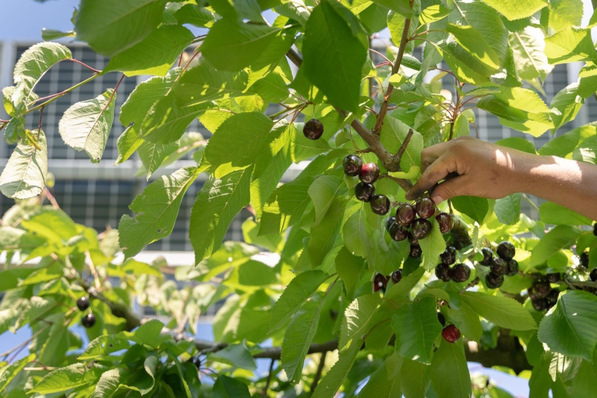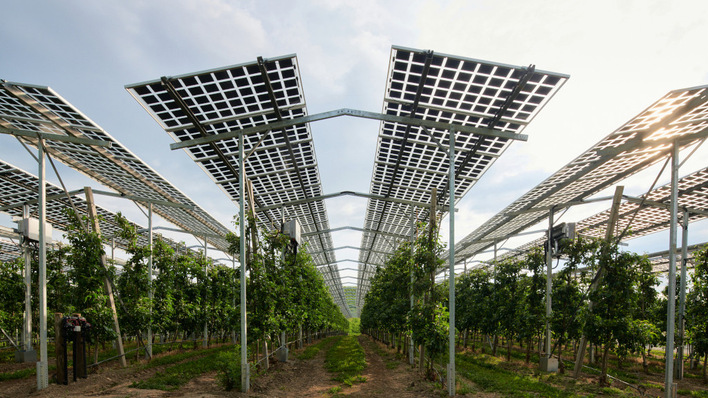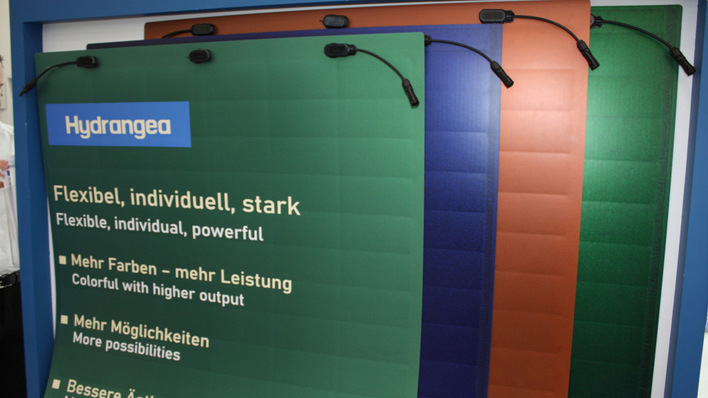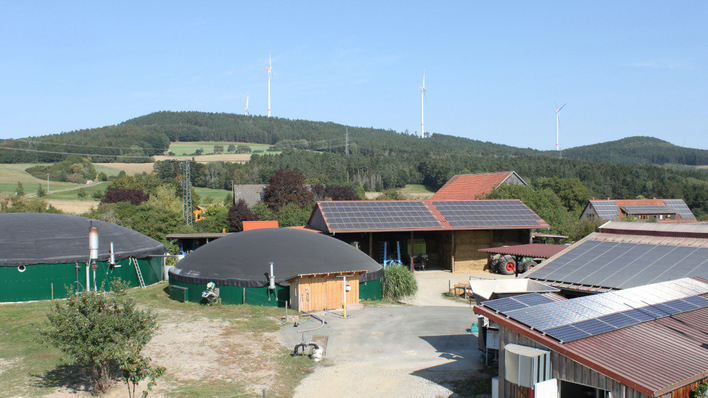One of the key topics at this year's Agri-PV Conference in Freiburg im Breisgau was the impact of photovoltaic systems on yields. As apples are the conference's partner fruit this year, it makes sense that the apple harvest takes centre stage. Greta Ott from the Agricultural Technology Centre (LTZ) in Augustenberg, Germany, took a closer look at the quality of the apple harvest in the centre’s own test field.
Some of the apple trees were roofed with solar modules – including semi-transparent versions with 50 percent light transmission. Another section of the orchard was shaded by tracker systems. The remaining trees were left without any solar roofing and serve as a comparison field.
Assessing the degree of ripeness
To assess quality, the researchers analysed the ripeness of the apples at harvest. “The results surprised us somewhat,” says Greta Ott. The fruit was harvested in early September 2024, and the so-called Streif Index was determined afterwards. This index indicates ripeness and is based on three parameters: apple firmness, sugar content and starch breakdown during ripening.
Agri-PV conference spotlights latest in agrivoltaics and land sharing
Less sugar, more starch
The apples under the static modules were found to have ideal firmness, while those from the comparison area were too firm. However, the sugar content in the reference area fruit was optimal, whereas the apples under the modules initially showed levels that were too low. These apples were also not yet ready to break down starch, with values falling short of the target range, while the comparison apples had already broken down starch sufficiently. When the apples under the modules were harvested a few days later, their sugar content had reached an ideal level – but by that time, too much starch had already been broken
Apples beneath modules take a little longer
Overall, the apples under the modules were not fully ripe when harvested on 9 September. At that point, the apples in the comparison area were also not yet ripe, but had reached a more advanced stage of ripeness. By the time the apples under the solar panels were harvested on 23 September, however, they were already overripe.
Study: public support rising for agri-PV as dual land use
Determining the right time to harvest
The results show that farmers should determine harvest times more precisely when covering apple plantations to maintain fruit quality. If harvested too early, the apples may be under-ripe and harder to sell. If harvested too late, they may be overripe and unsuitable for storage.
Explore agri-PV in our new dual harvest special
At the same time, solar systems offer protection against the severe effects of climate change, which is now also affecting the southern Black Forest. Suitable framework conditions are needed to further advance agri-PV. In the next instalment of our series on the Agrivoltaics World Conference in Freiburg, we explore current developments at EU level concerning photovoltaics in agriculture. (su)









